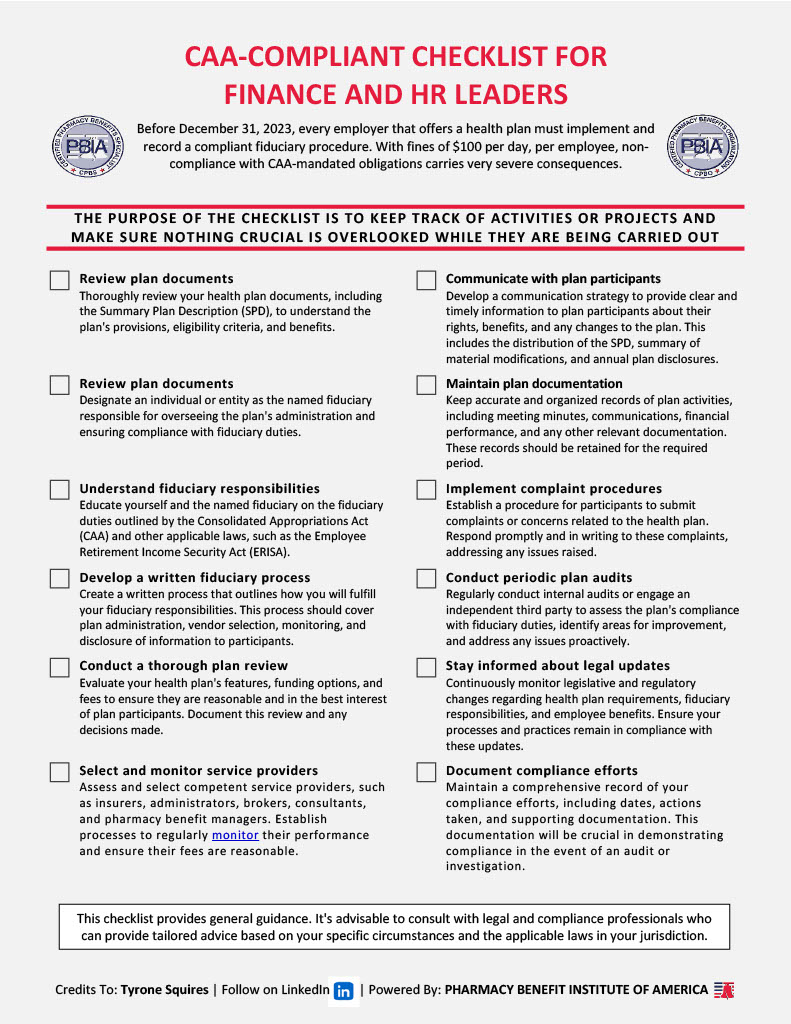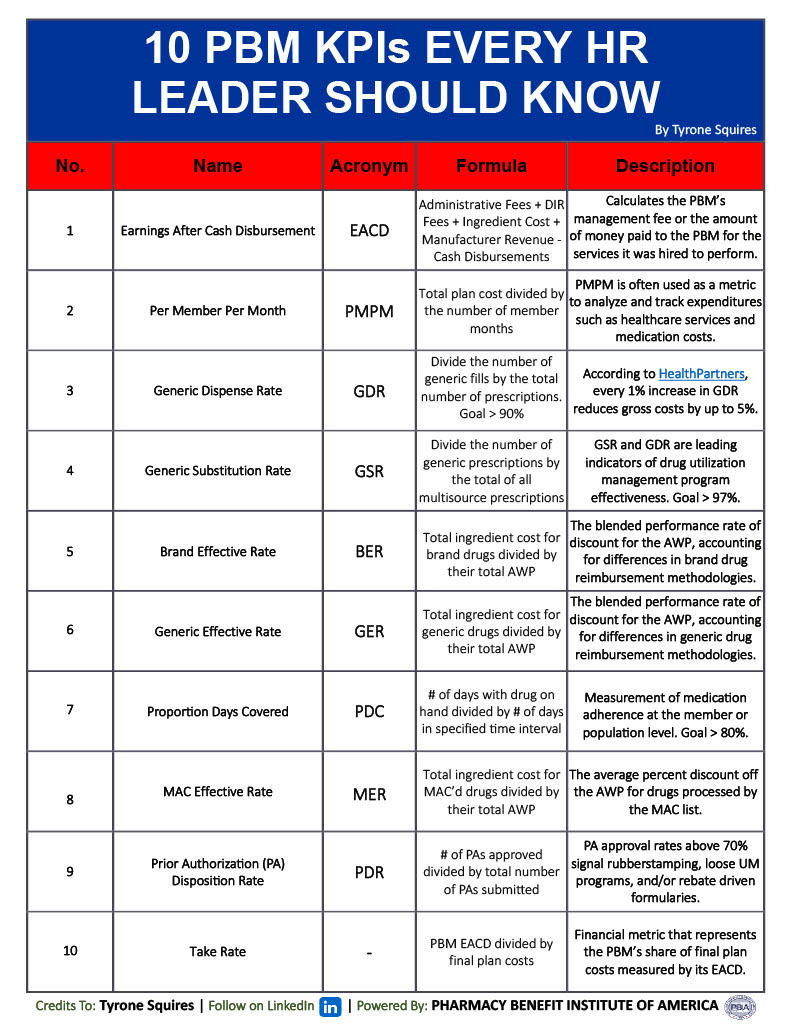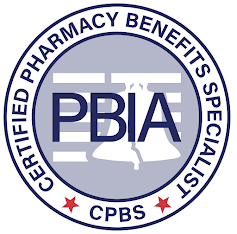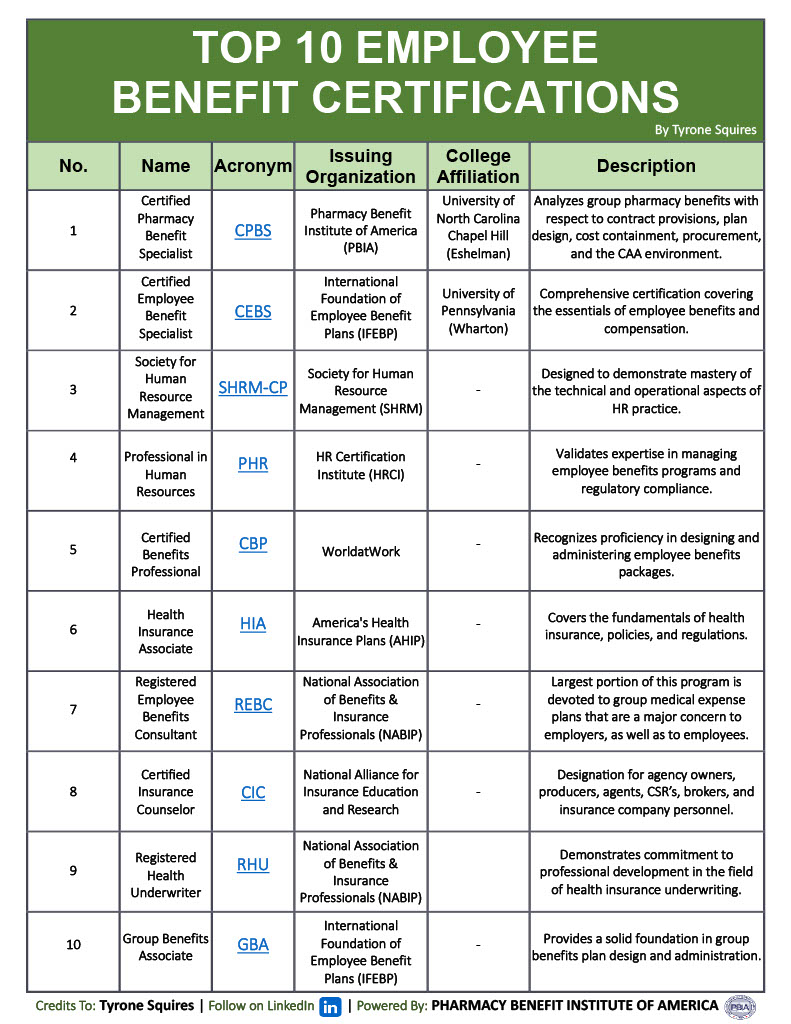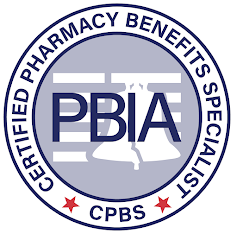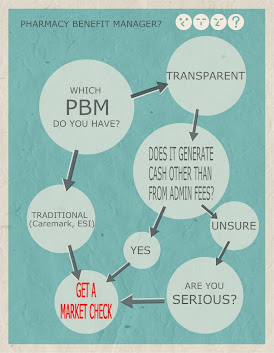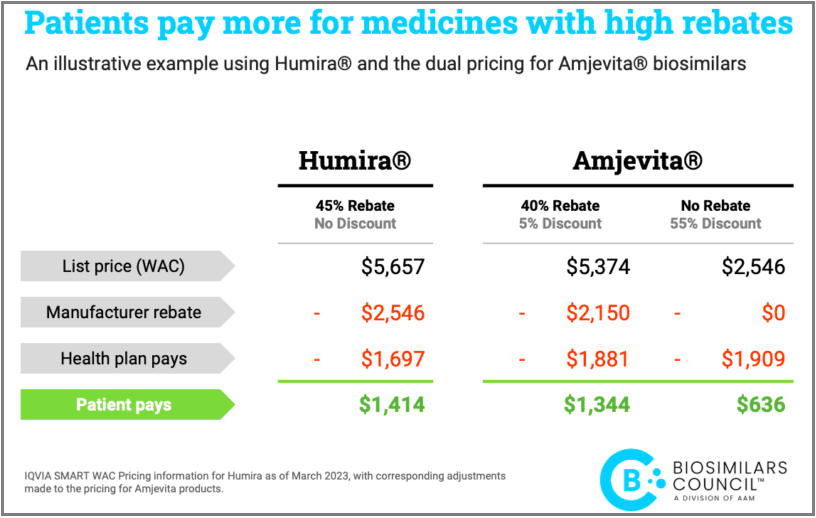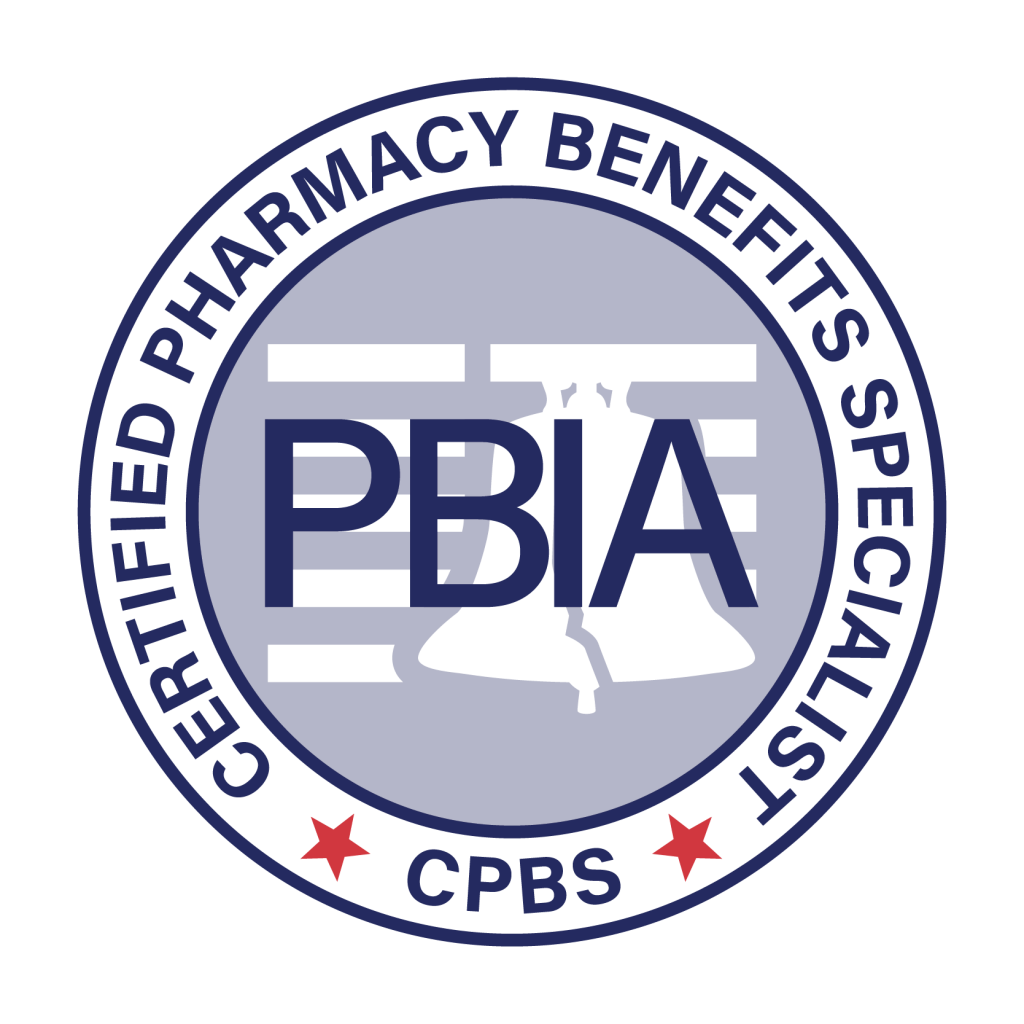CAA-Compliant Checklist for HR Leadership Teams
The evolving relationship between self-funded employers and their third-party administrators within the US healthcare system is underlined by the Consolidated Appropriations Act of 2021. This act provides employers with enhanced access to claims data. Highlighted within this context are two significant lawsuits. Kraft Heinz and two unions have taken legal action against health insurance providers. A CAA-Compliant Checklist will help self-funded companies avoid similar actions.
Central to these lawsuits are allegations that the providers have not fully adhered to the law’s requirements. It is mandated that employers must have unrestricted access to their de-identified claims data. Accusations levelled at the providers suggest they have supplied selective and edited claims data. Consequently, employers find it challenging to assess the integrity of payment associated with the management of their plans’ funds.
Additional allegations against Aetna include wrongful retention of millions in undisclosed fees, payment of millions of dollars in provider claims that should not have been paid, and misconduct related to claims processing. These actions have been to the detriment of Kraft Heinz.
CAA-Compliant Checklist for HR Leadership Teams
These lawsuits could potentially mark the beginning of a wave of similar legal actions. Stakeholders in the healthcare industry and employers who do not undertake proper reviews of their health plans could face significant implications.
Advice to employers includes conducting an in-depth review of their advisors. This includes consultants, brokers, third-party administrators, and pharmacy benefit managers (PBMs). The aim is to understand if there are any conflicts of interest. It is suggested that employers establish fiduciary committees to review contracts and the spending of health plans.
Employers are warned of the risk of being sued by their own employees if they fail to meet their fiduciary responsibilities. In summary, this discussion raises serious concerns about transparency and fiduciary duties in the management of healthcare plans. It also highlights potential legal repercussions for employers and third-party administrators.

